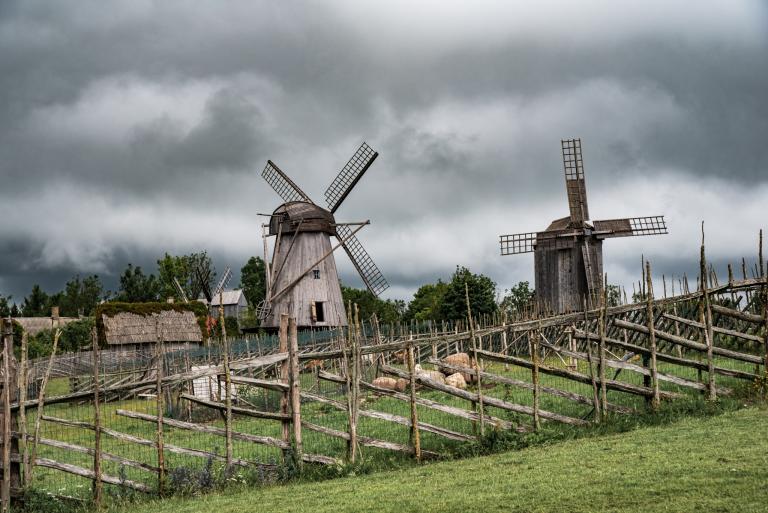The e-Estonia Briefing Centre has shared the unique e-Estonia story with 11 500 visitors from around the world in 2019, making it the new milestone in visitors in its 10 years of existence. The Centre was also visited by the Presidents of Georgia, Albania and Ukraine, King of the Belgians, and the Governor General of Canada this year. The most delegations came from Germany, Japan, USA, Netherlands and France.

The Briefing Centre’s role is to introduce e-Estonia to international audiences and build contacts between delegations from abroad and Estonian companies. The main visitors to the Briefing Centre are from different levels of other countries’ governments, business leaders, policy and decision makers. Managing Director at the e-Estonia Briefing Centre, Liina Maria Lepik said that interest in e-Estonia is continuously growing: “It’s clear that the Estonian know-how and practical experience with digitalisation is very highly valued in the world. There’s been around 20% growth in visiting delegations this year, which shows that other countries believe there is something to be learned from Estonia in this area.”
The new concept of the e-Estonia Briefing Centre was unveiled in February this year. The focus has now shifted more towards building quality leads and collaboration. “Refreshing the Briefing Centre’s brand was needed to better get into the minds of our target groups. Our goal is to inspire a change in their mindset and to introduce Estonia’s outstanding experience in building an e-state that includes the whole society. Of course, we also put them in contact with Estonian companies open to leading international projects,” said Lepik. Delegations can choose between three different formats: a briefing by the Centre’s experts, meetings with companies of different backgrounds, and a special tailor-made business programme.
To expand international reach, the e-Estonia Briefing Centre has also built digital solutions to assist in storytelling. For example, 360-degree virtual reality videos are accessible online, but also travel across events and can be viewed at Gate number 3 at the Tallinn Airport. An interactive solution introducing Estonian ICT companies and startups will soon be publicly launched along with video presentations and a chatbot.
The e-Estonia Briefing Centre is a department of Enterprise Estonia and is located in Tallinn. The Briefing Centre has operated for 10 years already and has altogether hosted more than 63 000 people, including King Willem-Alexander of the Netherlands, President of Austria Alexander van der Bellen, Chancellor of Germany Angela Merkel and many other heads of states, prime ministers and other high level dignitaries. Additionally, the Centre’s experts have spoken at 20 conferences and events all across the world this year from Japan to Paraguay, increasing Estonia’s global visibility.
Resource: e-estonia.com


